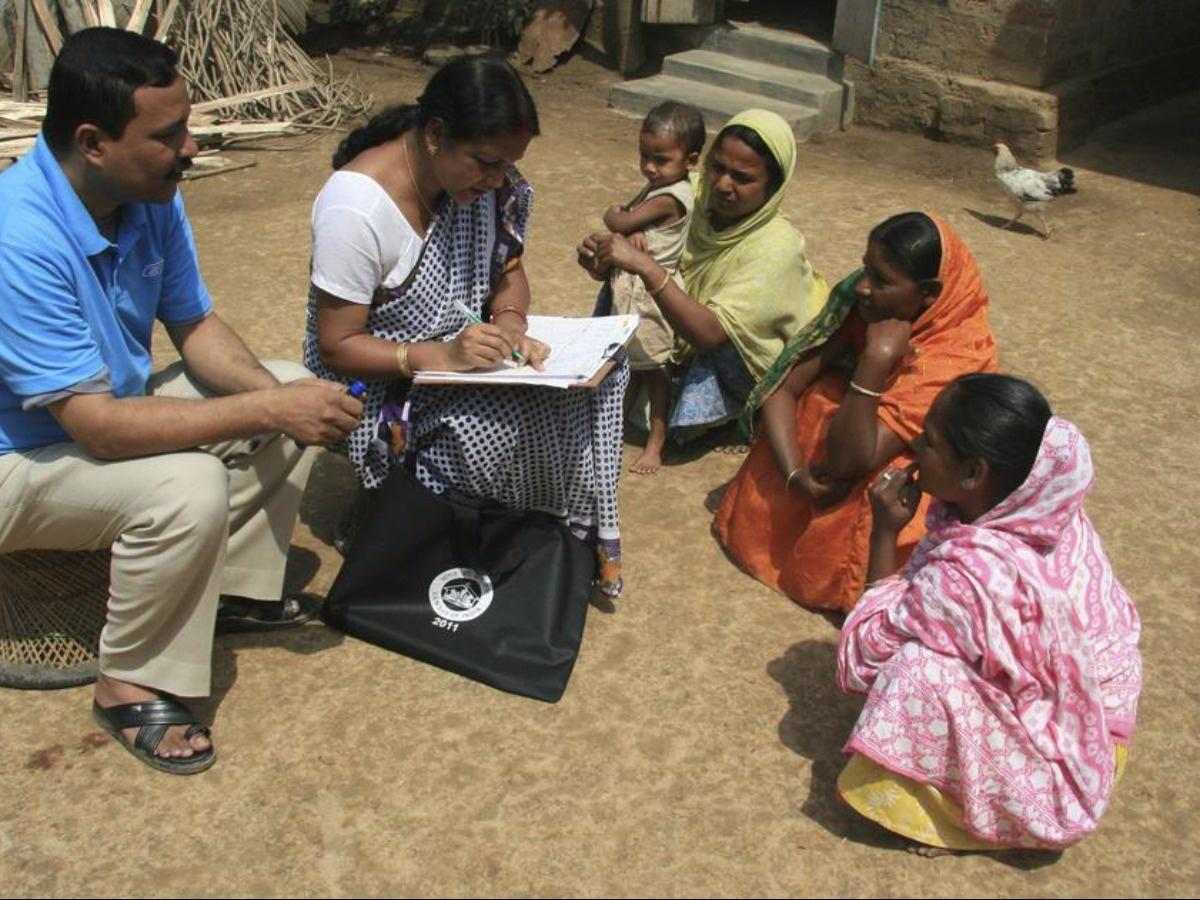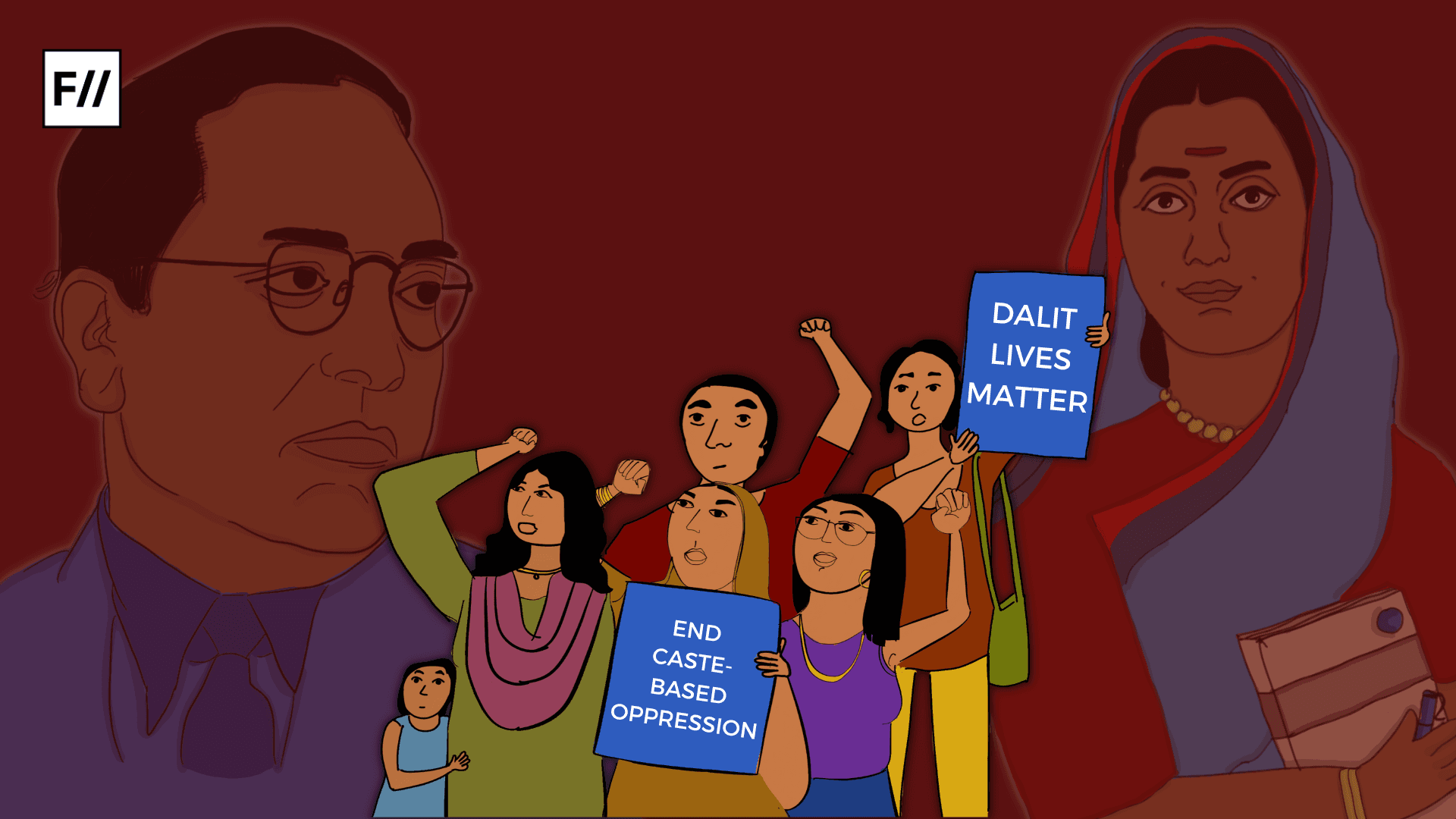The stage for the 2024 election is set, actors are positioning themselves slowly and one of the plots taking centre stage is the caste-based census. On April 17, Congress president Mallikarjun Kharge wrote to PMOI Narendra Modi to urgently implement the caste census. The Samajwadi Party in UP has been pushing for a caste census with a young OBC leader Rajpal Kashyap at the helm and Bihar has started its second phase of caste-based census – but the centre continues to resist a national census that takes caste into account.
In the 1990s, after the Mandal Commission report, there was a push for caste-based census. The reason was quite simple. A caste-based census provides a clearer picture of the non-upper-caste communities, aiding the government provide appropriate representation and opportunities based on population strength.
“Jinki Jitni Sankhya Bhaari, Uski Utni Hissedari (A community’s share of power should be proportional to its numerical strength).” – Kanshi Ram’s words have been evoked in the recent election campaign push by the Congress. Rahul Gandhi released their three-point formula for the backward class – making public the 2011 caste census, removal of the 50% cap on the reservation, and a quota system proportional to the population of Dalits, OBCs, and Adivasis in India.
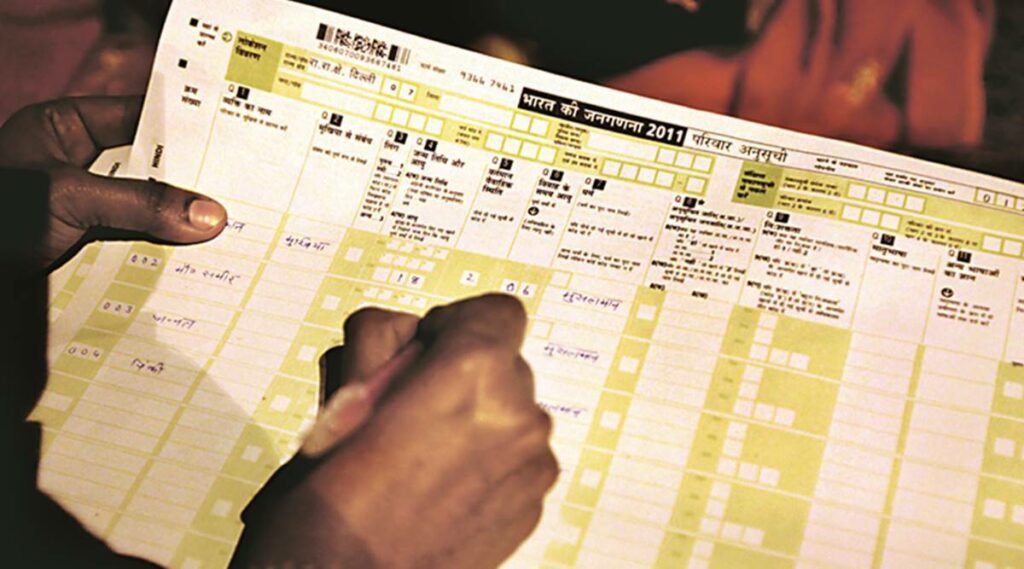
The Socio-Economic and Caste Census (SECC) 2011, the first caste-based census since the 1931 Census of India, was conducted under the Congress-led UPA government. They chose not to release the data when they were in power. Even in Karnataka, the Siddaramaiah-led Congress government, which carried out a caste census in 2015, chose not to publish the survey. It is a curious case of turning tables as both BJP and Congress have shown their support for the caste-based census when they have been in opposition. BJP has rolled back its previously promised caste-based census now since their seat of power has been solidified.
In the 1990s, after the Mandal Commission report, there was a push for caste-based census. The reason was quite simple. A caste-based census provides a clearer picture of the non-upper-caste communities, aiding the government provide appropriate representation and opportunities based on population strength.
Also Read: Does India’s Resistance To Caste-Based Census Come At The Cost Of Its Development?
The 2001 Vajpayee-led government did not implement that on the ground of potential conflicts. In 2011 when the SECC was finally conducted under Manmohan Singh-led government, it was still ill-executed. The methodology was criticised for being inadequate and incomplete. The data is claimed to neither be accurate nor comprehensive. From 2011 to 2015 the SECC data was collected but it continues to be under wraps. No matter who is in power caste-based census has always been carefully used to gain popularity in electorates without any real-world reflections.
Currently, the Supreme Court-mandated reservation is at 50%, even though states like Tamil Nadu, Haryana and Chhattisgarh have passed laws to exceed the mark. A 50% mark sounds good enough right? Why do we need a caste-based census to ascertain better opportunity division? The argument that the caste census will rekindle feelings of divisiveness also reveals the tendency of the mainstream narrative to be caste blind.
Currently, the Supreme Court-mandated reservation is at 50%, even though states like Tamil Nadu, Haryana and Chhattisgarh have passed laws to exceed the mark. A 50% mark sounds good enough right? Why do we need a caste-based census to ascertain better opportunity division? The argument that the caste census will rekindle feelings of divisiveness also reveals the tendency of the mainstream narrative to be caste blind. BJP’s attempt to paint a picture of unity amongst all caste communities under the umbrella of Hinduism has a direct link to its sectarian agenda.
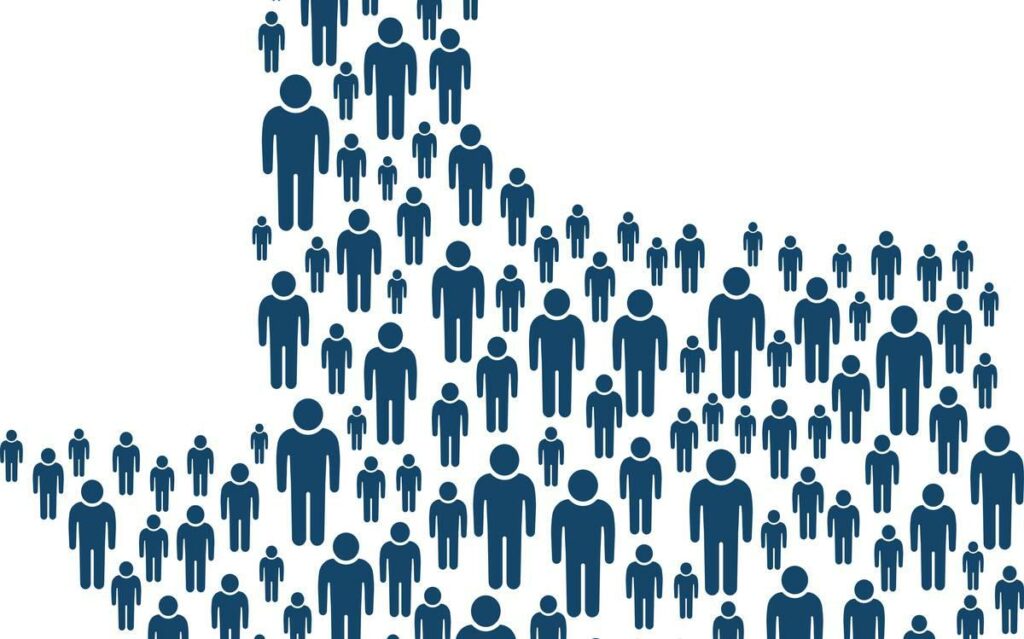
But this has given space to the privileged castes to practice caste blindness when in reality, caste continues to be a practised social structure – changing its shape and size as one travels across the country. A caste census would not only help the government identify the castes that are not represented in the institutions of this country but also better analyse the economic disparity in the context of caste identities.
A caste census will put the perspective of the population on power. Why would people in power want that seat of authority to be questioned, or worse threatened? India fears a caste census as the true picture of population and economic distribution will shake the image of welfare and equitable social structure.
That is precisely the reason why the people in power want to stay away from the caste census. Most sectors of power – judiciary, education and media, have been monopolised by the upper-caste social elites. A caste census will put the perspective of the population on power. Why would people in power want that seat of authority to be questioned, or worse threatened? India fears a caste census as the true picture of population and economic distribution will shake the image of welfare and equitable social structure.
Also Read: Rise In Caste-Based Honour Killings: Report By Dalit Human Rights Defenders Network
In the scope of electoral politics, the OBC category has been the operative electorate pool for BJP to create an image and campaign that is not exclusive to the upper caste and upper-class Hindus. Bringing the OBC into its fold was crucial to confirm a resounding majority. It is exactly this electorate bank that the likes of the Samajwadi Party or Nitish Kumar-led Bihar government are seeking to draw out through a caste-based census. There is no documented data on the OBC population in India. Without reliable data, it is impossible to have specific affirmative action policies.
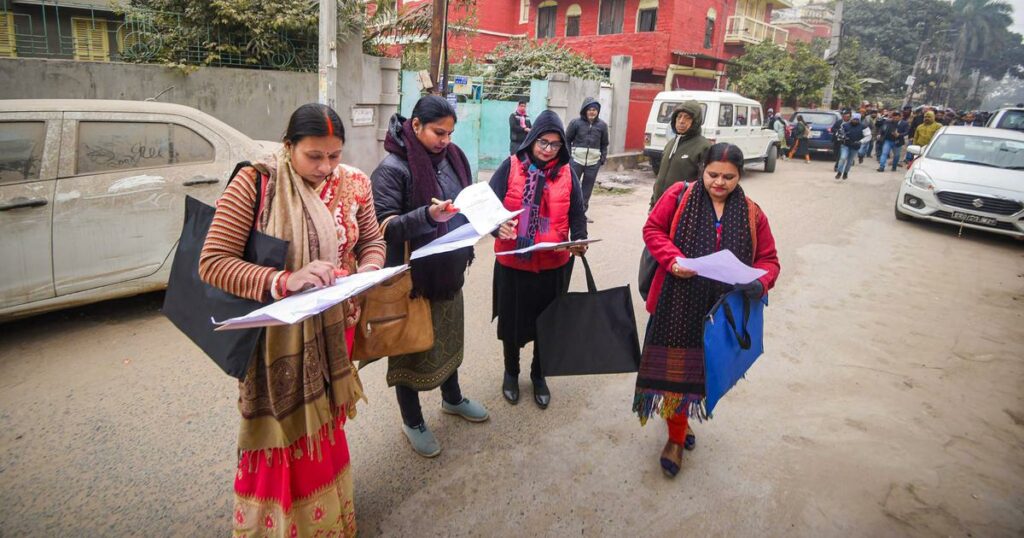
With Congress’ foot forward, the issue of the census can be a unifying narrative that creates an opposition frontier – leveraging the population of OBCs amongst all other vulnerable groups. One of the biggest problems in Indian democracy over the last ten years has been the lack of cohesive opposition. Bihar’s ongoing census report will be a crucial deciding factor in how this campaign will unify the opposition. The first round was conducted between January 7 and 21 and the second phase is due to end on 15th May.
The united voices of Congress, JD(U), RJD, and Samajwadi Party in favour of caste census is definitely a crucial campaign against the BJP’s available support within the concerned electorates. Having said that it is also important to not forget how often the caste census and related rows have been dragged out for political benefit.
The united voices of Congress, JD(U), RJD, and Samajwadi Party in favour of caste census is definitely a crucial campaign against the BJP’s available support within the concerned electorates. Having said that it is also important to not forget how often the caste census and related rows have been dragged out for political benefit.
Also Read: Gender-Caste Inclusivity Inadequate In India’s Justice System
India’s existing caste census data is from 1951 to 2011, that too only for Scheduled Castes and Scheduled Tribes. It is difficult to understand which caste gets access to what and how. The demanded census will bolster the people from Dalit, Adivasi, and OBC communities to demand their rights and deserved stake in the country. While the push for a caste census will be pivotal for the 2024 election, the issue is more urgent than just a campaign tagline.
About the author(s)
She/they is an editor and illustrator from the suburbs of Bengal. A student of literature and cinema, Sohini primarily looks at the world through the political lens of gender. They uprooted herself from their hometown to work for a livelihood, but has always returned to her roots for their most honest and intimate expressions. She finds it difficult to locate themself in the heteronormative matrix and self-admittedly continues to hang in limbo
